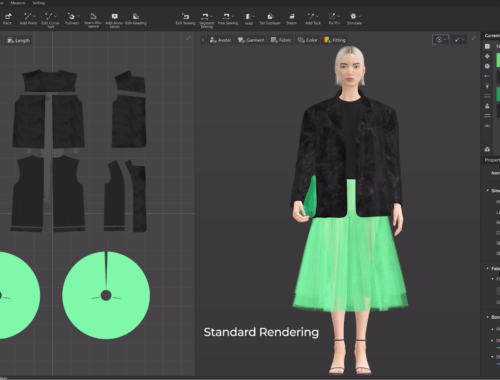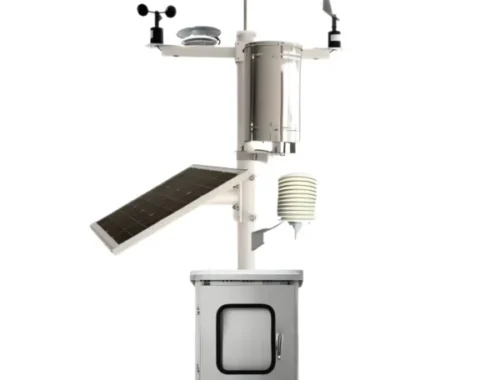The California International Marathon Is Made for PRs
It’s a perfect cocktail of a fast course, good weather, and dedicated runners
Last year, I wrote a story about the decline of the competitive amateur marathoner in the U.S. Using the 100th place finisher in the Boston and New York City marathons as a barometer, I suggested that there had been a decrease in performance among these “sub-elites” since the heyday of the early ‘80s. It was hardly a comprehensive study, but whenever I chat with veterans of the U.S. road-racing scene, my theory is usually corroborated. Many a baby boomer has told me that performances that were “nothing special” back in the day seem good enough make you a local-level hot shot in 2017. (Millennials, for their part, don’t find this kind of talk annoying at all.)
Against this backdrop, Sunday’s California International Marathon in Sacramento seems to have been a throwback of sorts; the times in this race were obscenely quick by current standards. Last weekend, the 100th place finisher ran 2:29:40. Compared to the 100th place finisher in this year’s New York City (2:37:15) and Boston (2:35:15) marathons, CIM 2017 was in a separate class—a fact that’s all the more impressive because, at roughly 10,000 runners, the race has far fewer participants than the more well-known East Coast marathons.
So why were the times so fast on Sunday?
The first reason is that the race doubled as the 2017 USATF Marathon Championships. Even though the biggest names in U.S. marathoning were not in attendance, the fields of both the men’s and women’s races were unusually stacked with the pro and semi-pro athletes who represent the cream of the American club running scene. (According to LetsRun.com, there were 48 men and 67 women who achieved the qualifying standard for the U.S. Olympic Trials Marathon, the “B” standard for which is 2:19:00 and 2:45:00, respectively.)
But even when it isn’t hosting a national championship, CIM can yield fast times. In fact, it may very well be the best place in the country to set a PR.
Here’s why:
The Course
The California International Marathon is a net downhill, point-to-point race with relatively few turns, running east to west from Folsom (366 feet) to downtown Sacramento (26 feet). According to David Monti, from Race Results Weekly, the course drops by an average of 2.45 meters per kilometer, which makes it ineligible for an official world record. But unless your name is Mary Keitany or Eliud Kipchoge, you probably don’t need to worry about that. The pertinent aspect of CIM is that it is eligible both for running a Boston Marathon qualifying time and, for Sunday’s quality field, an Olympic Trials qualifying time. The course may be “gently rolling,” as the Sacramento Running Association puts it, but there are no soul-crushing hills à la “Heartbreak” in Boston or the Queensboro Bridge in New York. For some runners, the “gently rolling” effect may even be preferable to the monotony of a flat course; as Portland-based runner Peter Bromka, who ran a 2:23:27 PR on Sunday, put it to me in a Twitter message: “I felt like every slight uphill was more than given back with a downhill. I loved riding that wave.” That said, even irritatingly adaptable runners like Bromka will appreciate that the final 10K (i.e. the hardest part of every marathon) of CIM is almost entirely flat.
The Competition
One of the takeaways from Nike’s Breaking2 project, in which Eliud Kipchoge came within 26 seconds of a sub-two-hour marathon by drafting off an alternating group of pacers, is that running at threshold pace is “easier” when you’re not running alone. The same general principle explains why CIM might be a wise choice for someone looking to set a personal best. The race touts itself as the “#1 Boston Qualifier by percentage of any major American marathon.” In other words, this is an event that attracts an unusually high number of devotees. As Bromka (a devotee if ever there was one) puts it: “I call CIM the geekiest marathon in the country–the only reason to go to Sacramento in December is if you want to run fast. Everyone there is ready to roll.” As we saw on Sunday, speed begets speed.
The Weather
CIM isn’t the only marathon in the country that benefits from a favorable course and an abundance of talented runners. At the Chicago Marathon, for instance, both factors also apply. That’s why, more than anything else, it’s the weather that makes CIM a strong contender for being the most reliably fast marathon in the country. The conditions on Sunday were as close to perfect as it gets: mid 40s at the start, mid 50s at the finish, no wind. For December in northern California, that seems to be the norm. According to findmymarathon.com, over the past ten years, the warmest daily high at the CIM was 63 degrees. According to the same site, since 2007, temperatures in Chicago have exceeded 70 degrees six (!) times on the day of the marathon, with four of those six days breaking the 80-degree threshold. (Meanwhile at Grandma’s Marathon, another race that’s popular because of its flat course and competitive field, the last three years have seen race day temperatures exceed 70 degrees.) How significant are such differences in temperature? A recent New York Times article citing a study of data gathered from nearly 900 marathons helps put it in perspective. For the average runner, the study found that:
“The relationship between temperature and finishing times is actually nonlinear—meaning that the effects of temperature strengthen as it gets warmer. Temperatures in the 50s increase the typical finishing time by only about five minutes, relative to a day in the 40s. On the other hand, days in the 70s would cause finishing times to be slower by 19 minutes; in the 80s, times would be 33 minutes slower.”
There’s nothing ambiguous about it: if you want to run a PR, CIM is the place to do it.
You May Also Like

The Future of Fashion: How Artificial Intelligence is Revolutionizing the Industry
February 28, 2025
Automatic Weather Station: An Overview of Its Functionality and Applications
March 14, 2025